In today’s market, every procurement manager is asking the same thing: will the price of laser welding machines ever come down enough to justify the switch?
Yes, laser welders are becoming more affordable over time—component prices are falling, more suppliers are competing, and leasing options make it easier to adopt. The total cost of ownership is steadily improving.
We’ve seen it firsthand at Kirin Laser. More clients are switching from traditional welding methods to compact fiber laser systems, not just because they want better welds—but because the long-term math finally adds up. It’s no longer just about cutting-edge tech. It’s about strategic investment.
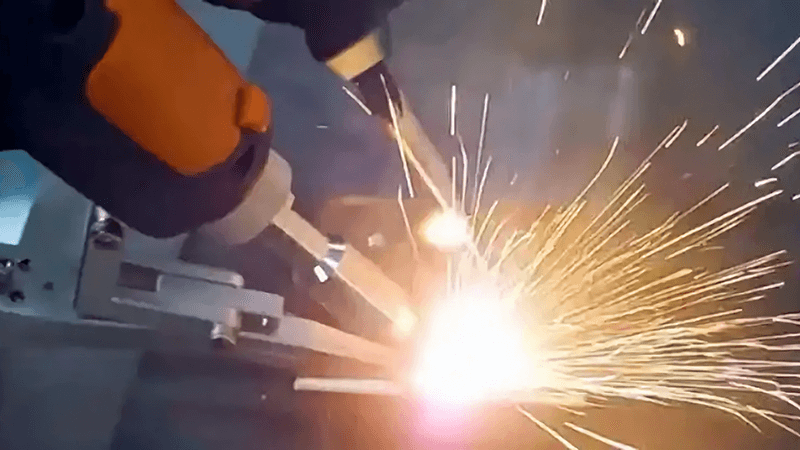
Are laser welders the future?
Laser welding isn't just a buzzword—it’s shifting how manufacturers think about speed, precision, and cost.
Yes, laser welders are the future, especially for high-precision, low-distortion applications. The adoption curve is accelerating across industries like automotive, electronics, aerospace, and metal fabrication.
Why laser is winning in the long run
We’ve watched the laser welding industry evolve from a niche process into a mainstream production tool. And it’s not just because of innovation. It’s because of performance and return on investment1.
Key differences that are driving adoption:
| Feature | Traditional Welding (MIG/TIG) | Fiber Laser Welding |
|---|---|---|
| Heat input | High | Low |
| Weld precision | Medium | Very high |
| Skill dependency | High | Low (with automation) |
| Speed | Moderate | Fast |
| Maintenance costs | Moderate to high | Low |
| Training required | Extensive | Short |
Real-world ROI: What we’ve seen
One of my clients used to outsource all stainless steel welding to save labor costs. But long overseas lead times were disrupting his schedule. We delivered a compact 1500W fiber laser welding2 setup. It cost more upfront. But within six months, he’d eliminated outsourcing and doubled production capacity. The switch paid for itself. That’s the kind of future laser welding is creating.
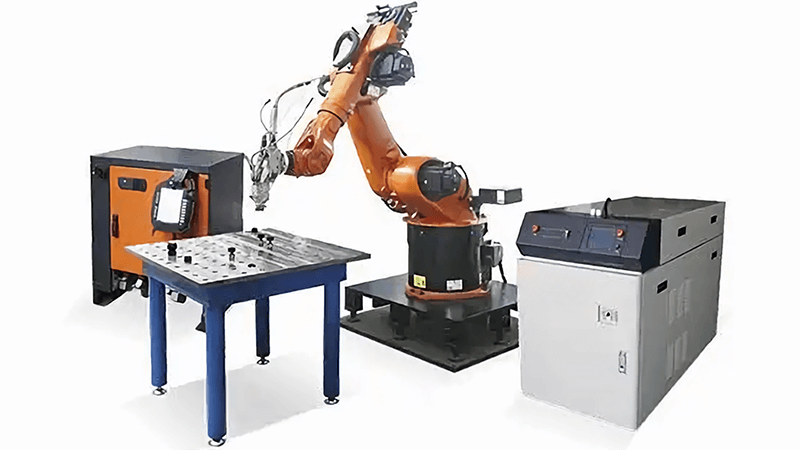
Is there a future for welders?
It’s a fair question: if machines are doing the welding, what happens to skilled labor?
Yes, there’s a future for welders—but their role is evolving. Instead of doing manual welds, many are now programming, supervising, and optimizing laser systems.
From welding torch to touchscreen
Laser welding doesn’t eliminate jobs—it redefines them3. I’ve seen dozens of traditional welders transition into laser machine operators. Some were hesitant at first, but once they realized how much faster and safer it was, they embraced the change.
How the welder’s role is changing:
| Task | Traditional Welder Role | Laser Operator Role |
|---|---|---|
| Manual torch control | Required | Not needed |
| Setup and fixturing | Manual | Semi-automated |
| Real-time quality control | Visual inspection | Real-time monitoring tools |
| Maintenance | Mechanical | Basic optical & system care |
| Skill path | Apprenticeship | Tech-enabled upskilling4 |
My advice to welders
If you’ve got welding experience, you’re already halfway there. Laser systems still need people who understand joints, materials, and workflows. The tools have changed—but the fundamentals haven’t.
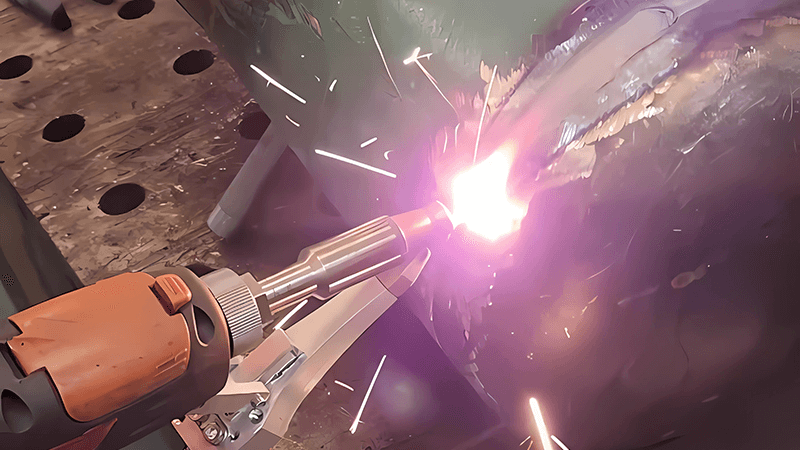
Will laser welders replace TIG?
TIG welding is known for precision. But laser welding is coming for that throne—with speed and consistency that TIG can’t match.
Yes, in many applications, laser welding is already replacing TIG—especially where repeatability, low heat input, and automation are priorities.
Where laser wins—and where TIG still rules
Let’s break it down. TIG is still excellent for certain custom, one-off, or delicate welds. But for production-level work? Laser welding5 dominates.
TIG vs. Laser Welding Comparison
| Criteria | TIG Welding6 | Fiber Laser Welding |
|---|---|---|
| Precision | High | Very high |
| Welding speed | Slow | Very fast |
| Skill requirement | High | Moderate |
| Automation-friendly | Low | High |
| Material compatibility | Broad | Broad (incl. aluminum, brass) |
| Distortion control | Moderate | Excellent |
At Kirin Laser, we’ve replaced TIG setups in sectors like medical device manufacturing and fine electronics. One customer was welding 0.5mm stainless steel tubes. Switching to laser reduced rejects by 70% and cut cycle time by half.
TIG has a place. But that place is shrinking as laser systems get cheaper, smarter, and easier to operate.
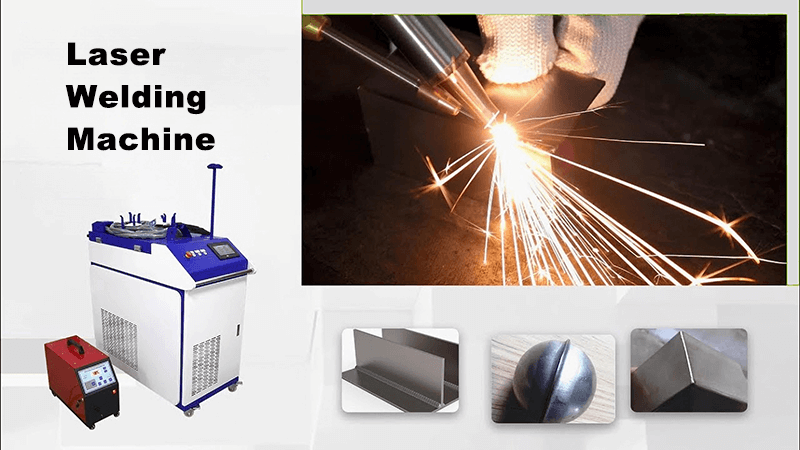
Which is better MIG or laser welding?
Many buyers ask this, especially when they’re deciding where to spend their next capex dollar.
Laser welding is better than MIG in terms of precision, speed, and automation readiness. MIG remains relevant for thick, structural work, but laser leads in modern fabrication.
Why MIG still has fans—and why laser is growing faster
MIG is simple, robust, and well-understood. For low-cost fabrication where looks and precision don’t matter much, it works. But once you enter industries where aesthetics, speed, and repeatability7 matter—laser is the clear winner.
MIG vs Laser Side-by-Side
| Feature | MIG Welding | Laser Welding |
|---|---|---|
| Skill requirement | Low | Low to medium |
| Joint appearance | Rough | Smooth, minimal spatter |
| Heat distortion | High | Low |
| Throughput | Medium | High |
| Downtime | Frequent spool/gas changes | Low maintenance |
| Fit for automation | Limited | Excellent |
Our partners in the appliance industry used to run full MIG lines for door frames. But they were losing time on cleanup, grinding, and finishing. After switching to our dual-axis fiber laser system8, their post-weld finishing costs dropped by 80%. MIG couldn’t compete.
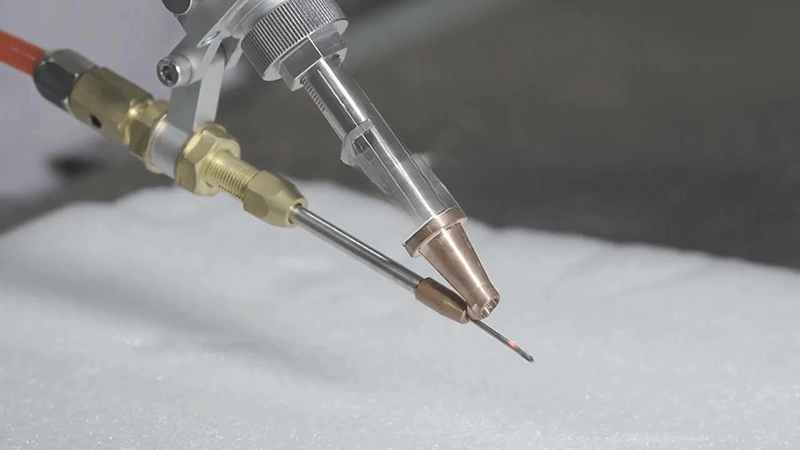
Conclusion
Laser welders9 are no longer out of reach. Costs are falling. Efficiency is rising. From replacing TIG in precision jobs to outperforming MIG in automated lines, laser welding is proving itself across the board. At Kirin Laser, we’ve helped hundreds of partners transition—not just for the tech, but for the returns. The future of welding isn’t just brighter—it’s sharper, faster, and more cost-effective than ever.
-
Understanding the benefits of performance and ROI in laser welding can help businesses make informed decisions about their investments. ↩
-
Exploring fiber laser welding will provide insights into its advantages and applications, enhancing your knowledge of modern welding technologies. ↩
-
Explore how laser welding transforms job roles and enhances efficiency in the welding industry. ↩
-
Learn about the importance of tech-enabled upskilling for welders adapting to new technologies. ↩
-
Explore this link to understand how Laser welding can enhance efficiency and precision in various applications. ↩
-
Discover the unique advantages of TIG Welding, especially in custom and delicate projects, by visiting this resource. ↩
-
Understanding these factors can help you choose the right welding method for your projects, enhancing quality and efficiency. ↩
-
Exploring this technology can provide insights into advanced welding solutions that improve productivity and reduce costs. ↩
-
FInding the best laser welding machine and laser welding solutions from Kirin Laser, clicking this link to get all your needs for your business. ↩





